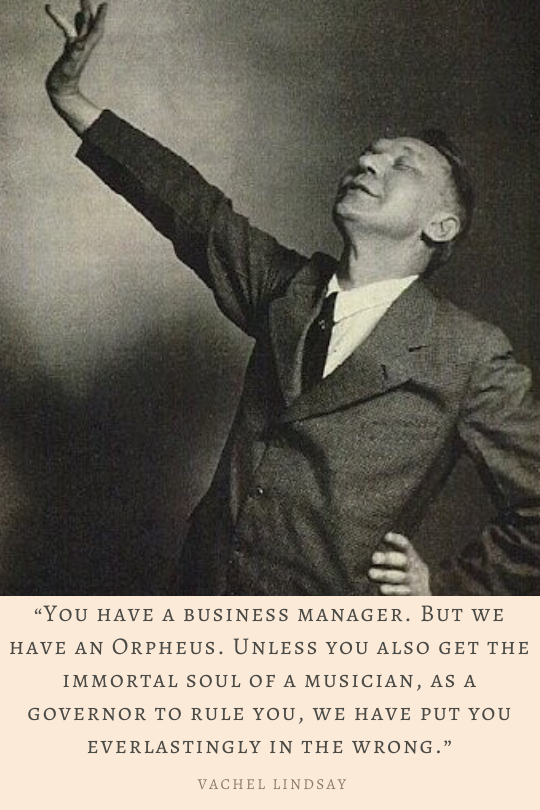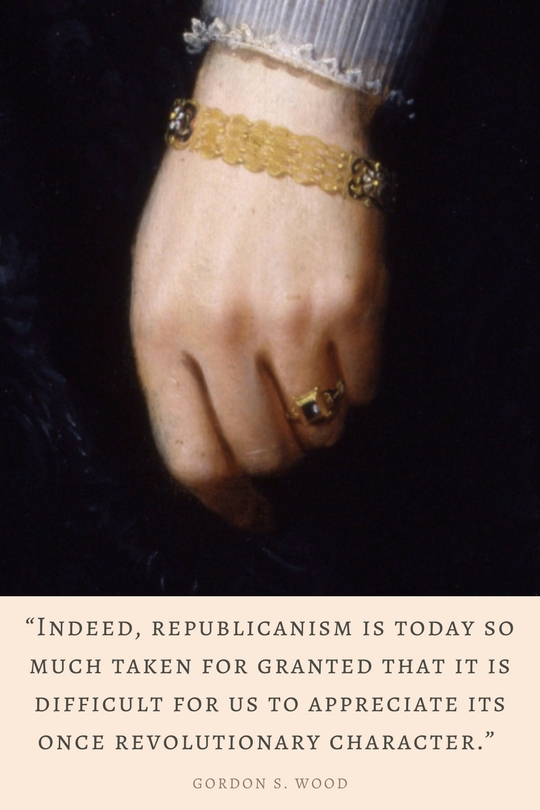Ranbir Singh in the Flesh: Was Morya the Maharajah Ranbir Singh?

RANBIR SINGH IN THE FLESH: WAS MORYA THE MAHARAJAH RANBIR SINGH?
As to Sahib Morya, K. Paul Johnson made two confusing suggestions that K.H. and M. was the Hindu Rajput Ranbir Singh (1830-1885), who was the Maharaja of Jammu and Kashmir (from 1856-1885). The prince Ranbir Singh was a Vedantist, fond of speaking Pashto; and like Thakar Singh, a scholar, though of Sanskrit and Persian languages, with many books translated. In contrast, Morya in a letter to A.O. Hume October 1881 said: “I am not a fine scholar, Sahibs, like my blessed Brother; but nevertheless, I believe, I understand the value of words.” Ranbir Singh in fact had several correspondences with Morya, and three letters written by K.H. mentions Ranbir Singh, but K. Paul Johnson claims this was to mislead.
Henry S. Olcott, an American Theosophist and co-founder of the Theos. Soc. had met the Maharajah Ranbir Singh in Jammu 21 November 1883 who mentions to Olcott his belief in the living Mahatmas. Olcott describes his various meetings with Ranbir Singh in a chapter of his Old Diary Leaves (Vol. III) titled “Reception by the Maharajah of Kashmir”.
RECEPTION BY THE MAHARAJAH OF KASHMIR, OLD DIARY LEAVES VOL. III
“I broke up camp the next say–November 21–and left Lahore for Jammu, the lower capital of H.H. the…Maharajah of Kashmir, whose invitation to visit him I had accepted….We reached…Jammu…and were brought onto two of the royal elephants, a distance of two miles, to the huge bungalow that the Maharajah keeps for his more important guests….The next morning, at 10-30, the…Minister…brought me word that His Highness begged the honour of my presence at the Palace….The Maharajajah came soon and received me with an air of kindness and stately courtesy that showed beyond doubt that I was welcome. In compliment to him I wore the woolen dress of the better class in the Punjab….His first expression to Pandit Gopinath, my interpreter, was one of pleasure to see me in his national costume. A carpet and back-bolster had been spread for him on a slightly raised platform, before which we were to sit on the carpeted floor: but he dragged the bolster from there, placed it on the floor, motioned me to sit beside him, called me his elder brother, and proceeded with the conversation, which he opened with the usual exchange of compliments and good wishes. He was a man of noble presence, with an intellectual face and the splendid eyes of the Hindu, which by turns can be full of pathos, blaze with anger, or penetrating with intelligent interest. His personality fitted the kingly office perfectly….I found him to be a thoughtful Vedantin, well acquainted with philosophical systems. He fully believed in the existence of living Mahatmas, and trusted in them to do for India all that her karma made possible, but no more. He gently broached the subject of his own ill-health, said he knew of my cures and of the recent prohibition to continue the practice, but asked if I would not at least relieve the acute pain he was then suffering from. I consented, of course, and on his removing his turban, did what I could for him with mesmeric healing passes….When the audience closed he begged me to visit him twice a day during my stay, that we might talk of the high religious themes which equally interested us….I went twice to the Palace the next day, and resumed the Vedantic discussions and even the mesmeric passes. His Dewan (Prime Minister) was present with other officials, including the Chief Justice, and after the free Eastern fashion, dipped into the conversation from time to time….In the afternoon the Maharajah presided at games and a series of animal combats, and took me to his pavilion and placed me at his side….I went twice to the Palace….[another] day and found myself increasingly welcome to His Highness. He showed me every courtesy, discussed the Vedanta philosophy with evidently deep interest, and gave me a pressing invitation to accompany him the next time he should go to his Kashmirian capital, Srinagar….At the Maharajah’s request I had been giving him some mesmeric passes every day, which seemed to do him good, or, at least, he said they did. He now began to deplore my necessary departure, and begged me to select somebody at his Court to whom I should be willing to give him over for future treatment….I told him frankly that the only person whom I would recommend as his psychopath was his youngest son, Prince Amar Singh, who was then a handsome, honest-looking youth. His Highness approving of my choice, I showed the young Prince how to treat his father….The Maharajah died a few years later, and was succeeded by his eldest son, whom was away at Srinagar at the time of my visit to Jammu, and whom, there, I did not meet….The day fixed for my departure having come, the Maharajah, finding me obdurate about prolonging my visit, consented to receive me in audience for the leave. So I went to the Palace for the last time [November 39, 1883]….We found His Highness, with his Prime Minister (Dewan), his Treasurer, and other officials, seated cross-legged on the floor, with a number of piles of woolen stuffs placed before him in a row: one pile much bigger than the rest. Through the able interpreter, Pandit Gopinath, he and I fell into conversation about my departure and hoped-for-return, after which, on a signal from the Maharajah, a high official pushed the big pile over towards me, with the request that I should accept the articles as His Highness’ khillat (complimentary present)…According to custom, I touched the presents, made a respectful salutation, by joining my palms and holding them edgewise to my forehead, which the Maharajah returned; we rose and, saluting the officials in turn, left the audience-chamber, having seen the noble face of our host for the last time. No other reigning Indian Prince whom I have met has left so pleasant impressions on my memory….”

If Morya is Ranbir Singh, he would not need Mr. Olcott to pass mesmeric hands over him to heal him; and “No other reigning Indian Prince whom I have met has left so pleasant impressions on my memory” tells us, that Olcott would’ve recognized in meeting both various times, whether or not Morya is Ranbir Singh, except he doesn’t. We can confidently say, that Morya and Ranbir Singh are not the same person.









